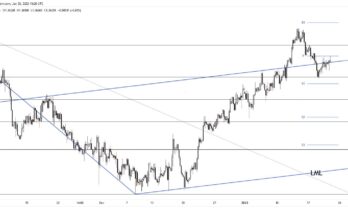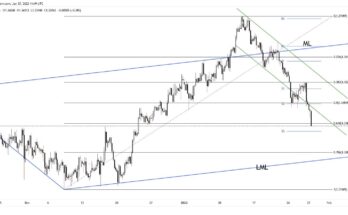The focus has shifted firmly to China over recent trading sessions. Stocks were lower overnight, now down for 4 consecutive sessions and down nearly 7% from the highs of last week. More significantly, the Yuan has depreciated significantly, by 1% over the past week. This takes the currency to levels last seen in July/August last year against the US dollar. There has been speculation that the Chinese authorities could be preparing the market for more volatility ahead of a widening of the trading band later this year. Concerns regarding lending in the property sector remain, which threatens a more pronounced slowdown vs. the soft landing that the Chinese authorities want to see.
There has been a residual impact on other currencies from events in China, but the moves seen on both the yen and the Aussie are not as pronounced as we would have seen a year or 18 months ago faced with similar circumstances. The Aussie is less over-valued now vs. then, but is also less geared towards events in the Chinese economy as China shifts slowly but surely away from large investment towards domestic demand. The yen has also been trading less like a safe haven but is also not immune to the impact of a slowdown in China. There is also the offset from the better tone seen in other emerging markets which has allowed the yen to lose some of the premium gained through January. For today, scheduled data should not be a major deal for currencies, with just US consumer confidence at 15:00 GMT.
Further reading:
GBP/USD: Trading the British Second Estimate GDP
USD/CAD technical analysis: faces bear threats following the rejection candle print



